What Did a Pontiac Firebird Cost in 2002?
The Simplicity of the Early 2000s Car Market
Though the term "simpler times" is in itself an oversimplification of the past, there's no denying there is some truth to it. Even at the beginning of the 21st century, which is only 25 years ago, buying a car was straightforward, especially in America. In the muscle car segment, you'd usually pick between a V6 or a V8, a stick or a manual, and maybe a few miscellaneous options here or there, but that was the end of it. The most "simple" part of that process, though, was the money.
The average price of a new car in 2002, according to the Department of Energy, was just over $21,000. If we adjust for inflation, that's about $38,000 in 2025. But what's the average price of a new car in 2025? According to KBB, that number is between $48,000 and $51,000. In light of this current age of outrageous prices, we wanted to take you back to the good ol' days of cheap muscle cars with a company that is no longer with us, and break down what their most iconic car cost at the time.
The Pontiac Firebird Had A Base Price Of $20,050 in 2002
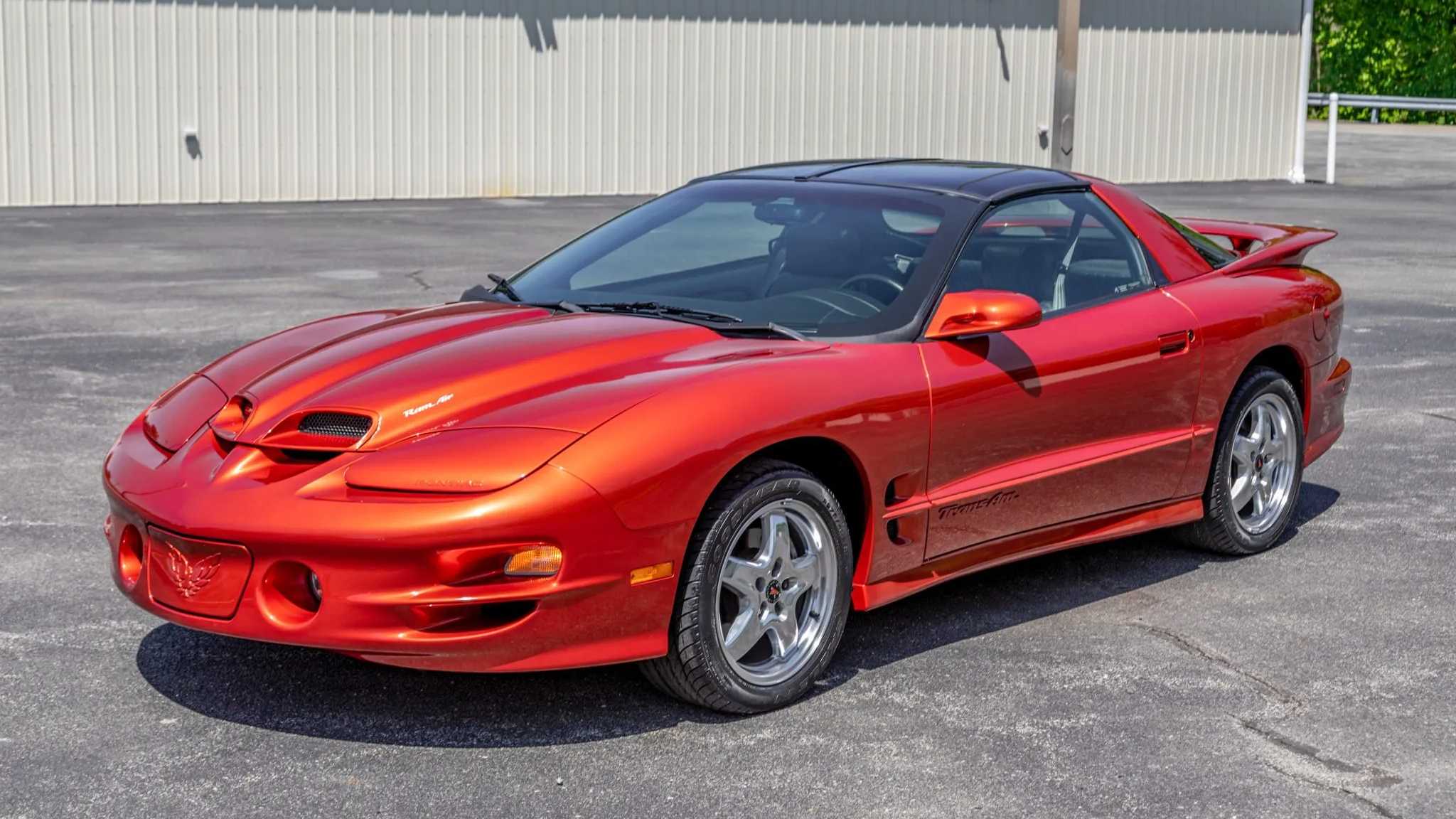
Since Pontiac became its own standalone sub-brand of GM in the early 1930s, it was positioned as the high-end version of Chevrolet, essentially. Following that logic, and the fact that GM used the same platforms across all its brands, the Pontiac Firebird was basically a luxurious Chevrolet Camaro.
We mention this because it's relevant to the pricing comparisons we will do in this article. In 2002, Chrysler and Dodge didn't have a competing muscle car in the mix, and Ford's upscale brands didn't have a fancy version of the Mustang to compete directly with the Firebird. They did technically make a Mercury Cougar in 2002, but it was more of a two-door economy box than anything else, and didn't come with a V8 engine.
All of this is to say that the Pontiac Firebird was in a class of its own at the time, and the Mustang, while the closest in terms of philosophy to the Firebird, was not marketed as a premium product. That being said, since neither Chevrolet nor Dodge currently offers gas-powered muscle cars in this segment, we will break down the cost of the Firebird in relation to the current Ford Mustang. Let's get into it.
The Firebird's Pricing Compared To The Mustang (Adjusted For Inflation)
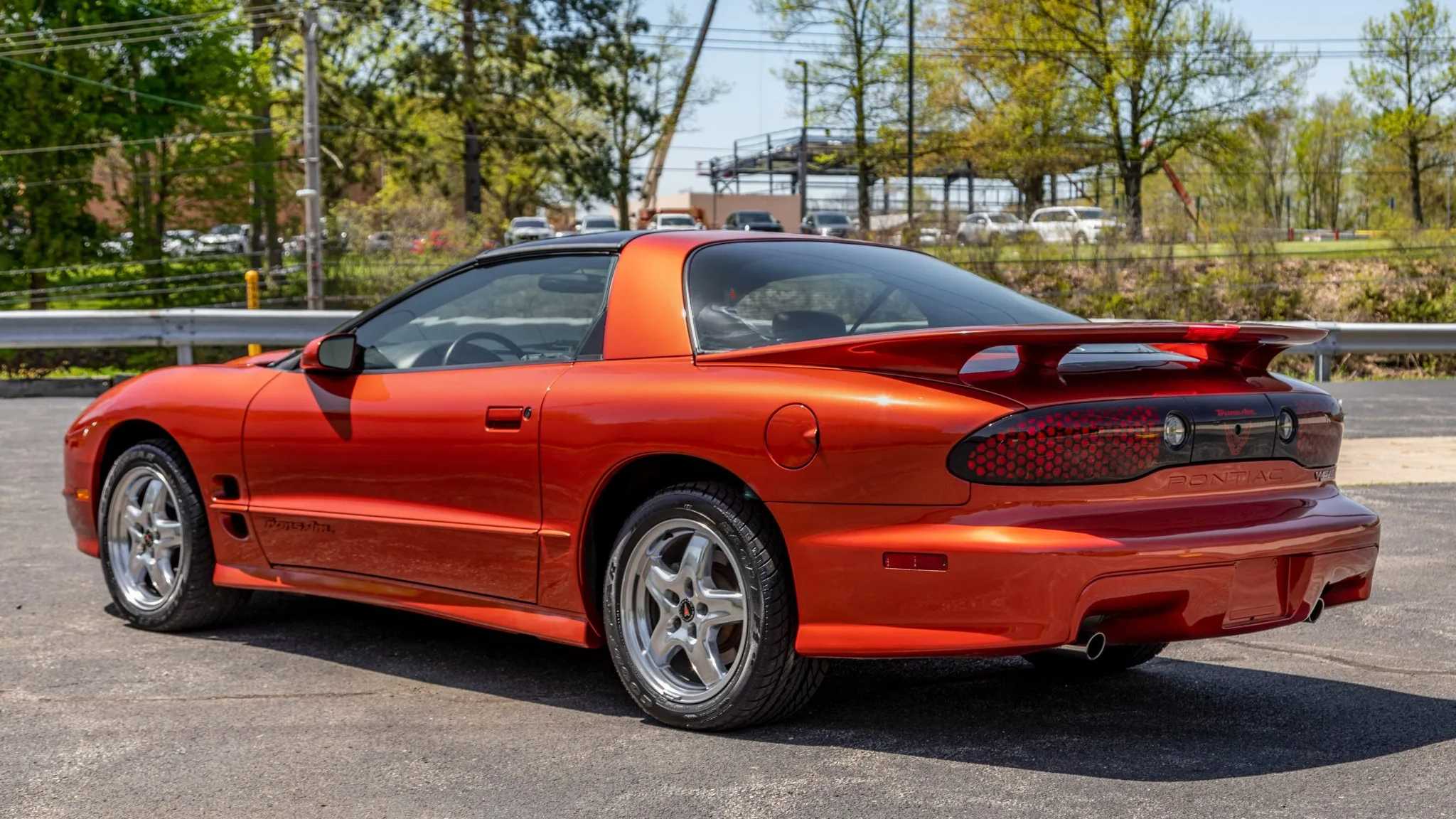
The final model year 2002 Pontiac Firebird was priced at just $20,050 in base form (3.8L V6). There isn't a sports car in America that is sold for that little cash in 2025, and the other cheapest cars sold to the public are tiny economy cars. However, inflation is a reality, and we can't compare direct sticker prices from 23 years ago to those of a brand-new car in 2025 and claim to be journalists.
So, here's what that looks like in relation to the Mustang, accounting for inflation: the base price of a new 2025 Mustang is $33,915. If we adjust the 2002 Firebird's base price of $20,050 into 2025 currency, it comes out to about $36,000. That seems like a win for the Mustang, no? Well, if we're going just by base models, the current base Mustang with the 315-horsepower 2.3-liter EcoBoost four-cylinder is cheaper, according to inflation data. But when we go up the trims, the tide turns a bit.
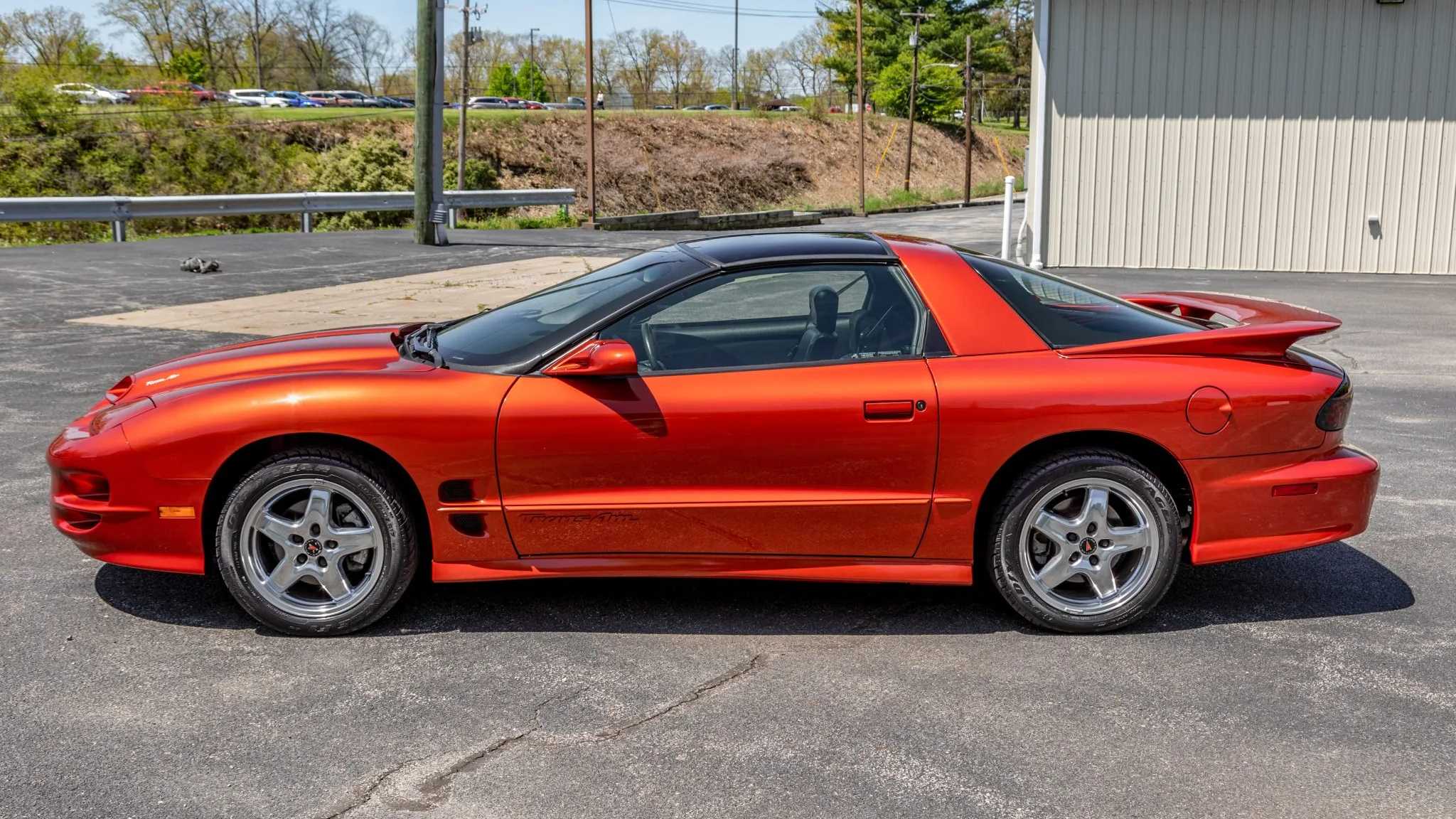
The cheapest V8-powered Mustang you can get is the non-Premium package GT, priced at $48,555. The lowest-trim V8-powered Firebird in 2002 was the "Formula" package, which offered 310 horsepower from a 5.7-liter V8, and cost $25,995 at the time. Adjusted for inflation, it's about $47,000 in 2025. It's marginal, but the $1,500 difference means the Pontiac's budget V8 option squeaks out a victory over the Mustang in this round.
Let's go another rung up the ladder and compare the big-boy trims. The best Mustang you can buy that isn't the GTD is our best sports car of 2025, the Dark Horse. At an MSRP of $66,375, you get a 500-horsepower version of the 5.0-liter V8 with adaptive suspension, sticky tires, and a bunch of other performance goodies. The high-trim Firebird in 2002 was the Trans Am, which gave you up to 325 horsepower with the WS6 package, and could cost around $30,000 altogether. That comes out to around $55,000 in 2025. This trim comparison has the starkest difference yet, at around $11,000 between the two muscle cars. Round three goes to the Pontiac.
Putting The Firebird's MSRP Into Perspective
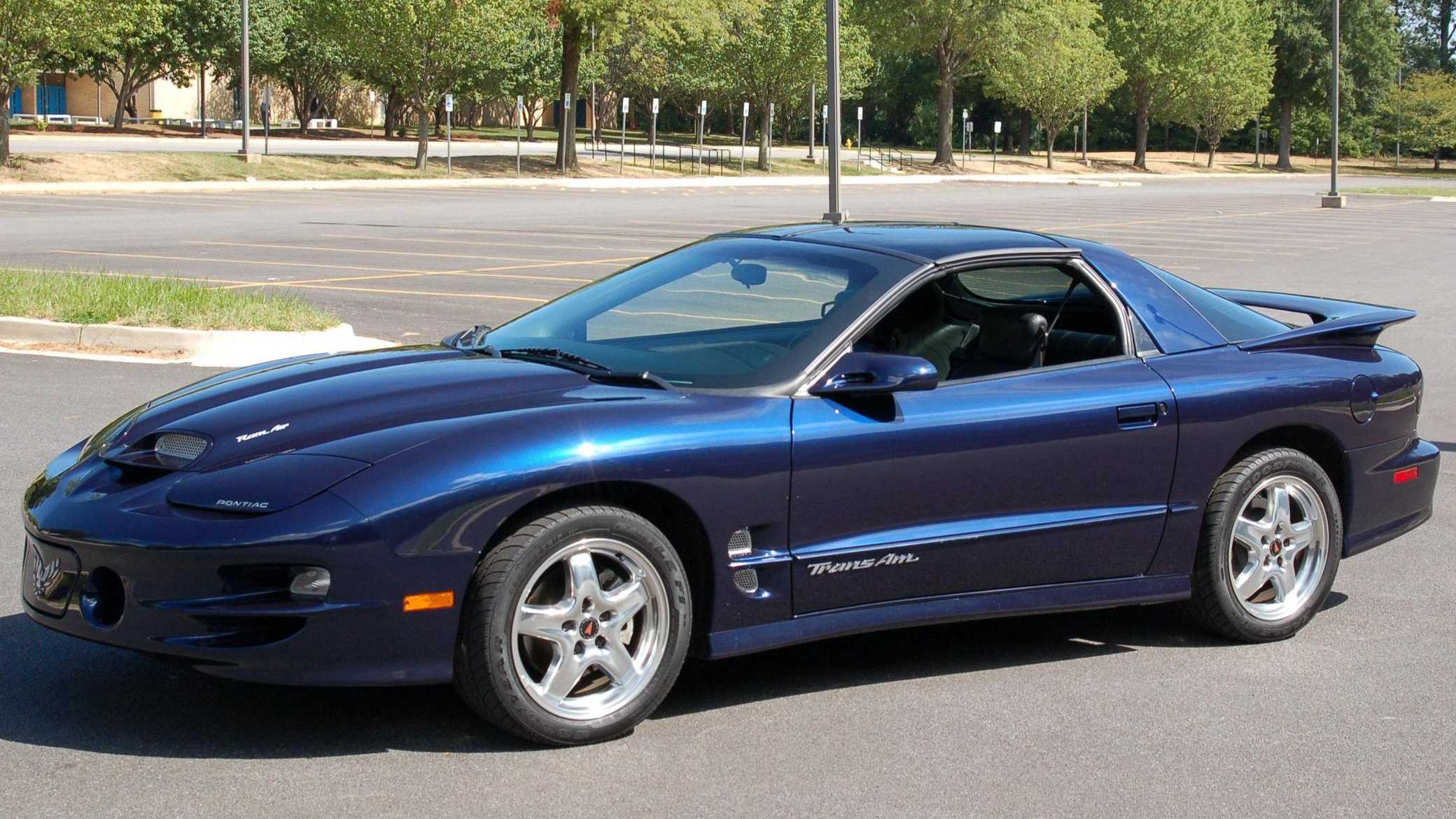
This comparison might look like a big mess, so let's debrief on what all of this really means. Firstly... performance. Of course, the modern Mustang provides power, handling, and efficiency that is eons ahead of the 2002 Firebird, and we won't debate that. The extra performance you are receiving in the 20-years-newer Mustang would be worth the extra money to most people, and in the case of the base models, the Mustang is actually cheaper, according to inflation.
But don't forget, the Firebird was extremely potent for its time, being the fastest muscle car of the 1990s, and on top of that, it existed in a high-end bracket that the Mustang didn't and still doesn't. When you look at things in perspective, the 2002 Firebird was a luxury sports car that offered some of the best performance on the road at the time, and considering the high-trim options cost more than $10,000 less than the Mustang's do in 2025 currency, it makes us realize just how cheap it used to be.
We suppose if there's a lesson to be learned here, it's that the premium trims on most cars sold today are wildly overpriced, and if we had a time machine, 2002 seems like a pretty damn good year to check out.
Breaking Down The 2002 Pontiac Firebird's Trims
You got a little taste of the specifications of the 2002 Firebird when we compared its pricing with the new Mustang, but let's dive into all the available trims a little deeper and see exactly what Pontiac was offering at the time.
Firebird Coupe
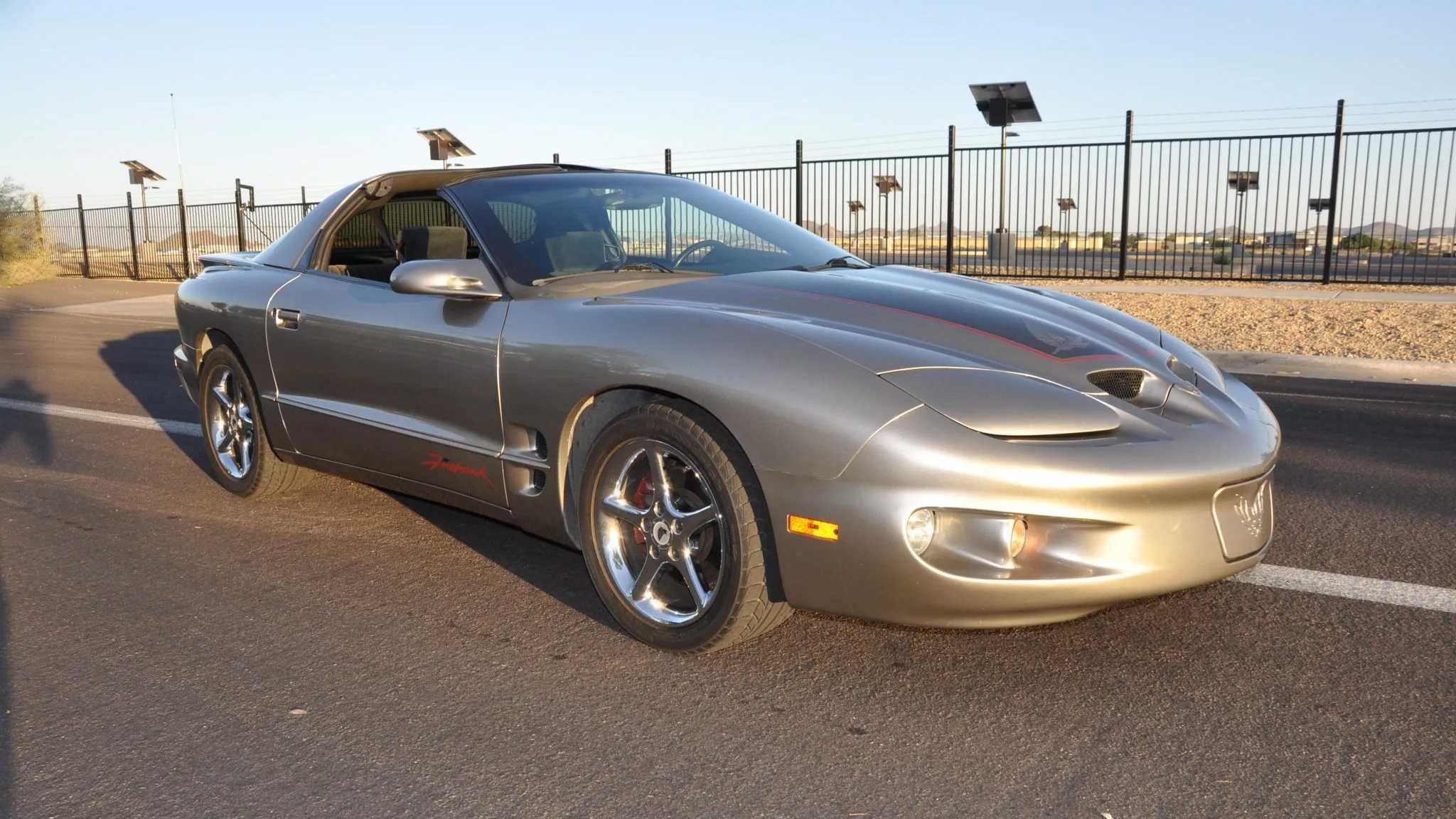
First up, the base coupe. Serving as the cheapest option in the Firebird lineup, Pontiac needed a way to differentiate it from the higher trims in a more meaningful way than simple interior options or color packages; thus, the base model received a V6 instead of a V8. It was a 3.8-liter unit that pumped out 200 horsepower and 225 pound-feet of torque and could be optioned with either a five-speed manual or four-speed automatic transmission. There was also a convertible body style that cost almost $7,000 more than the standard car at $26,965.
Firebird Formula
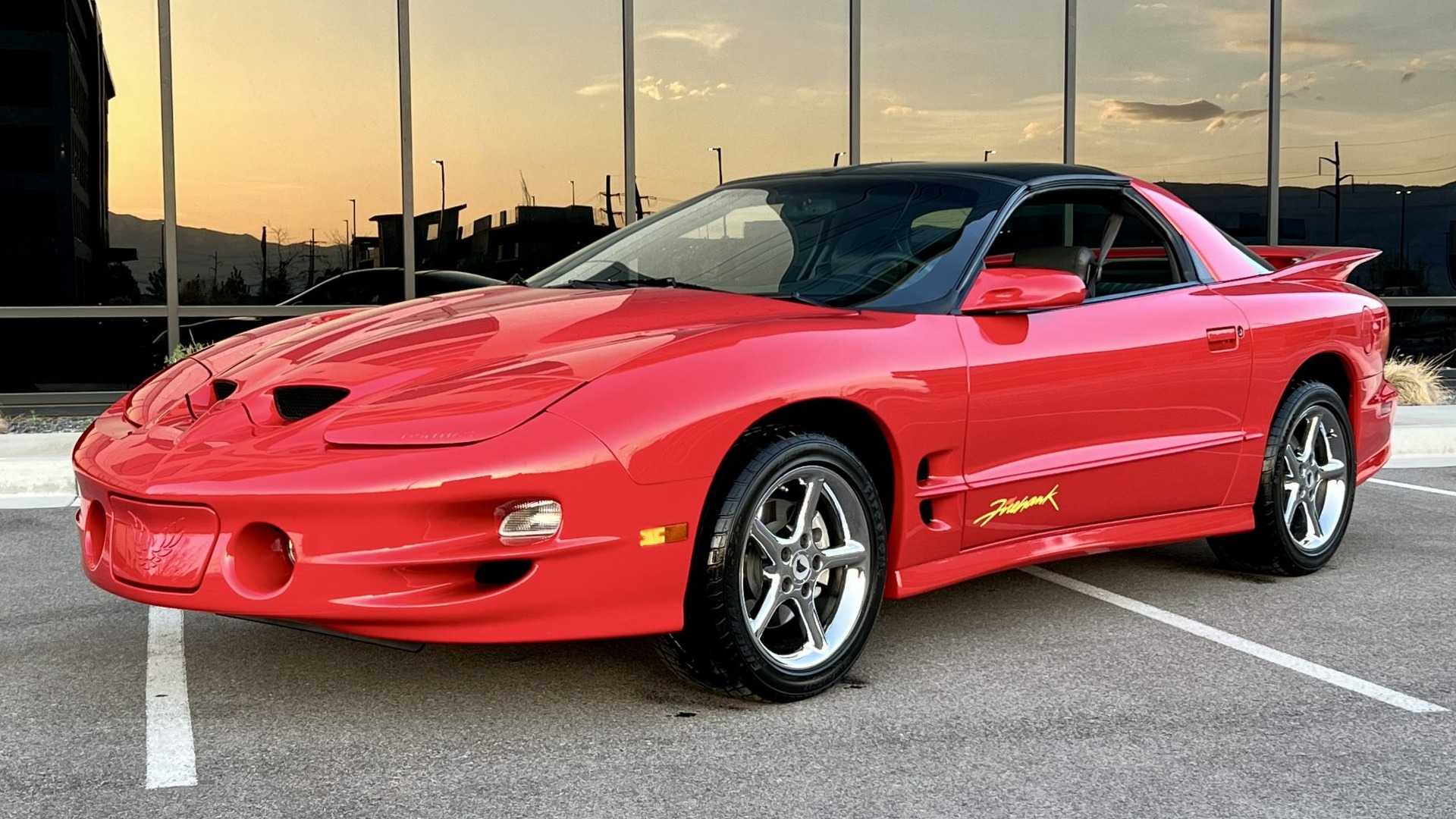
Up next was the "Formula" trim ($25,995). As we mentioned earlier, this was the entry-level V8 option, which used the standard 5.7-liter LS1 V8 rated at a respectable 310 horsepower and 340 pound-feet of torque. Customers who ordered the V8 cars had the option for an improved six-speed manual gearbox, but could also opt for the four-speed automatic unit. At the time, these were some quick birds — the run from 0-60 mph was over in just 5.5 seconds with the 310-horse LS1, which was comparable to the then-current BMW M3 Convertible, a car that cost more than twice the Formula's MSRP.
Firebird Trans Am
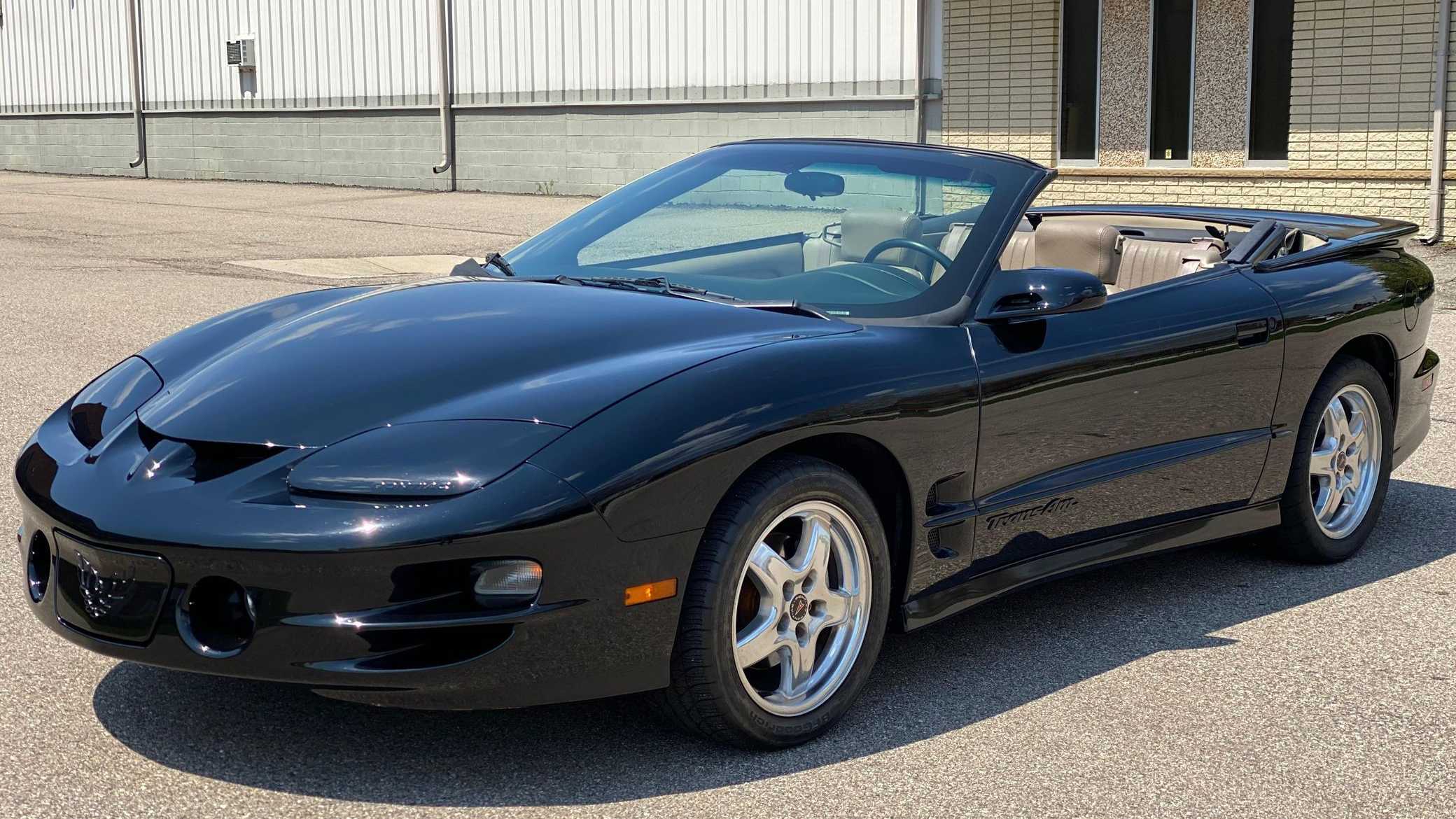
Finally, we have the Trans Am trims. Offered in both T-top and convertible body styles, the Trans Am actually didn't come standard with additional horsepower. It used the same standard 5.7-liter LS1 that pumped out 310 horses and 340 pound-feet, but came with a wider array of luxury-oriented options and a slightly more aggressive body style than the Formula trim.
Firebird Trans Am WS6
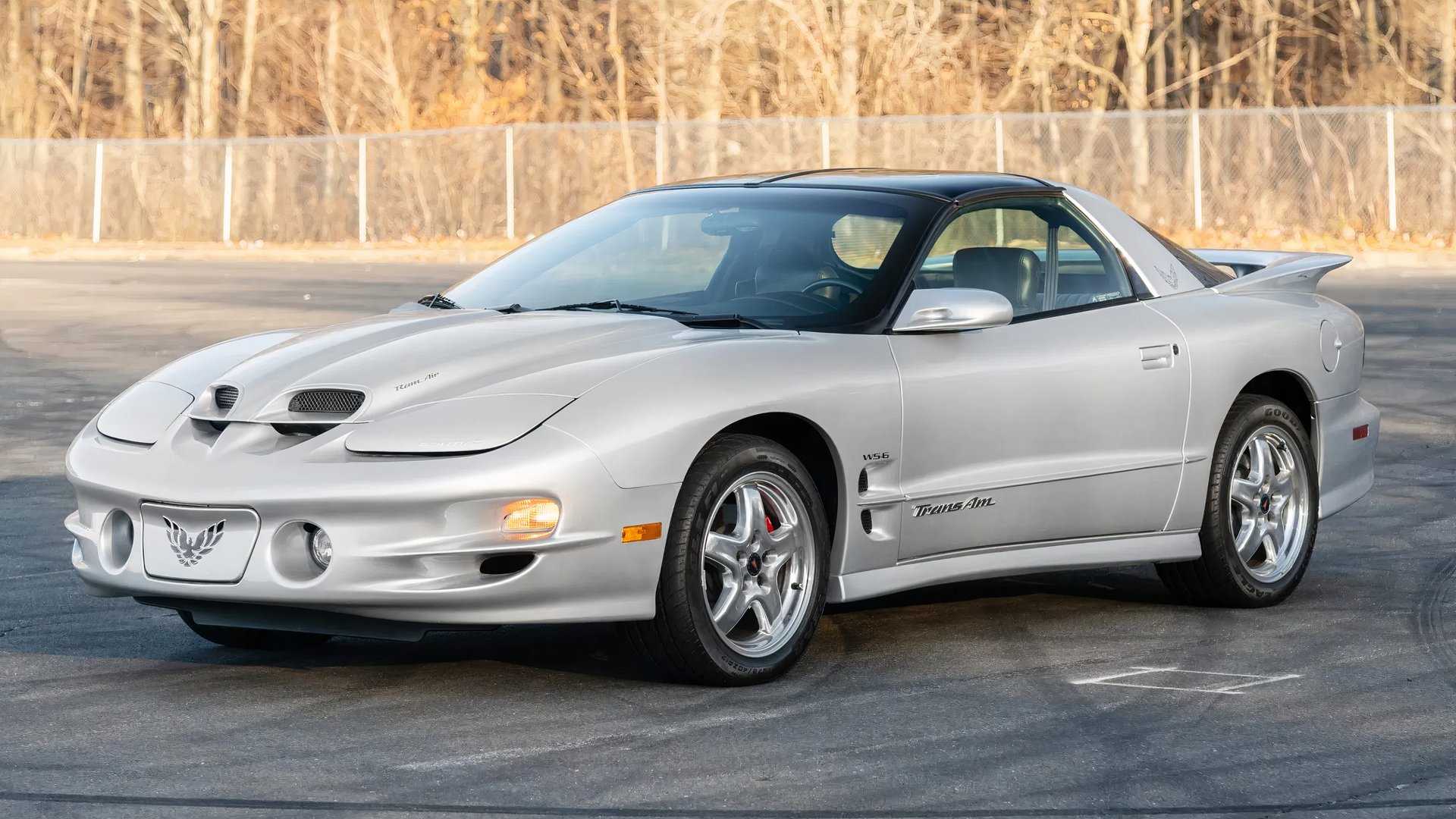
The real game-changer, though, was the WS6 package. This was an add-on that you could purchase for a few thousand extra dollars, turning your Firebird into the baddest Pontiac on the street. The WS6 package was mostly a handling special, coming with a beefier front sway bar, stiffer springs and shocks, and bigger wheels and tires. It did give you some extra horsepower, though, thanks to a performance exhaust and a Ram Air hood and airbox. Altogether, the Firebird Trans Am WS6 was good for 325 horsepower and 350 pound-feet of torque, as well as significant gains in road-holding and overall handling performance over the standard Trans Am.
Not to mention, this was the last Ram-Air Pontiac ever made.
What Other Muscle Cars Cost In 2002
We've dug deep into the Firebird at this point, so we figured, why not sample some other early 2000s muscle cars (the few that existed) and see how they were priced, too? Here are a couple of non-Pontiacs that were undoubtedly cheaper than you expected.
2002 Ford Mustang ($17,475-$28,645)
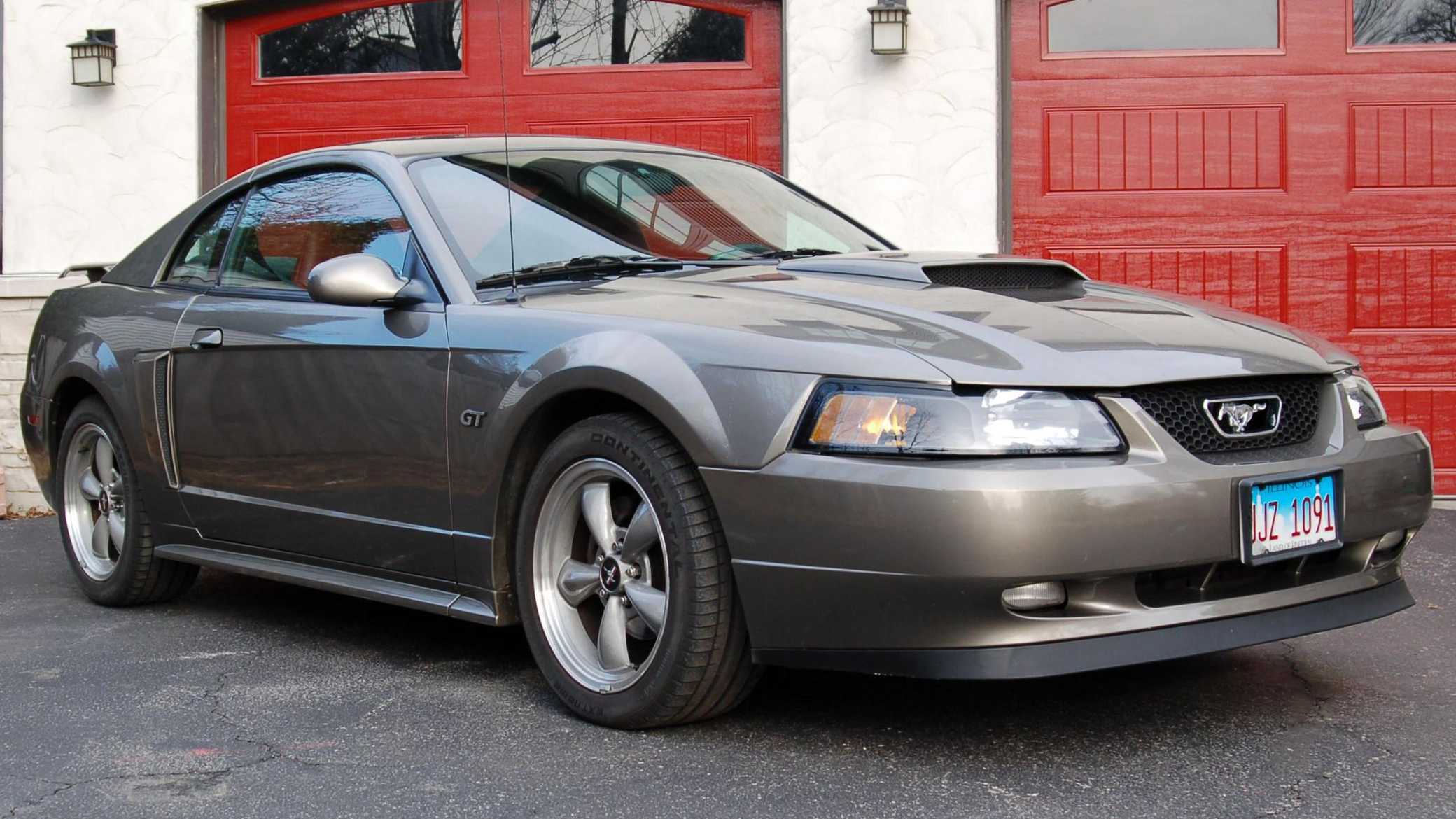
This was an interesting era for the Mustang. The 1999-2004 cars shared the New Edge facelift, which was a more aggressive body style based on the SN95. It also saw the inclusion of the SVT Cobra and supercharged "Terminator" Cobras from 2003 and 2004. Interestingly, though, there was not an SVT Mustang available for the 2002 model year, even though there was one for the prior 2001 year.
Despite the absence of the SVT stuff in 2002, the Mustang had a huge range of trim levels and options to choose from. Here's the full list: Standard Coupe, Deluxe Coupe, Premium Coupe, Deluxe Convertible, Premium Convertible, GT Deluxe Coupe, GT Premium Coupe, GT Deluxe Convertible, and GT Premium Convertible. The non-GT trims were available with the standard 3.8-liter V6 producing 190 horsepower and 220 pound-feet of torque, while the GT's were equipped with the 4.6-liter V8, rated at 260 horsepower and 302 pound-feet.
Pricing for the 2002 Mustang started at $17,475 for the Standard Coupe, and could rise to $28,645 for the GT Premium Convertible.
2002 Chevrolet Camaro ($18,415-$29,925)

The 2002 Camaro was the last one to bear the iconic badge for another eight long years, before being resurrected in 2010 for the fifth generation, and unlike the Mustang, the Camaro's lineup was simple and straightforward. There was a base model and the Z/28 model, both with Coupe and Convertible body styles – four trims in total.
The base model coupes and convertibles came standard with the same 3.8-liter V6 that was in the base model Firebirds. It produced 200 horsepower and 225 pound-feet of torque. The Z/28 was the V8 connoisseur's choice, coming with the same 5.7-liter LS1 V8 that made a standard 310 horsepower and 340 pound-feet of torque. And just like the WS6 package for the Firebird, Chevy gave their customers the option for a performance pack on the V8 cars dubbed the "SS" package, which brought power up to 325 horsepower and 350 pound-feet.
The base Camaro Coupe started at $18,415, and could cost as much as $29,925 for the Z/28 Convertible. With the SS package equipped, the MSRP would rise by about $2,000-$3,000.
Post a Comment for "What Did a Pontiac Firebird Cost in 2002?"
Post a Comment